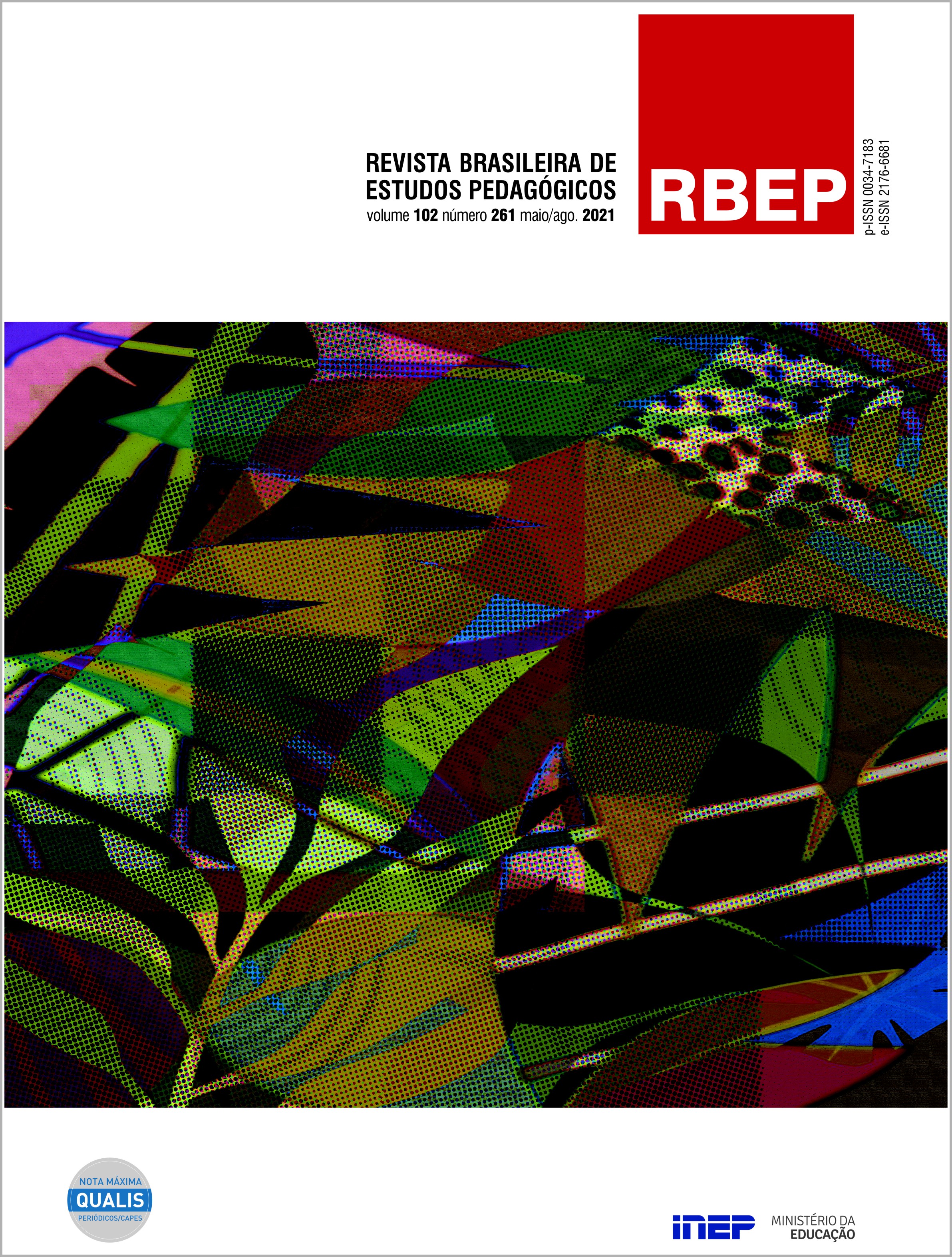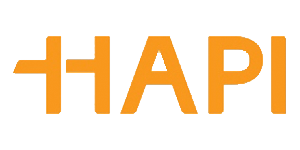The complex human relationship in school environment: what can indiscipline, curriculum and culture tell us?
Abstract
This article results from a qualitative-descriptive research. It was authorized by the Committee of Ethics in Research from the Fluminense Federal University, in accordance with the document parecer consubstanciado nº 2.112.310. The research was carried out in two schools in the city of Nova Iguaçu, Rio de Janeiro, aiming to identify teachers and students’ perceptions about student indiscipline and culture in school. It also intended to observe acts of indiscipline and to analyze how intercultural dialogues act to reduce conflicts. Using Barreto (2018), Caldeira (2007), Silva (2020), Freire (2016), Tardif (2014), Candau (2012), Walsh (2009), as a theoretical reference, the axes indiscipline, curriculum and culture were addressed in the daily life of the basic school and the relationships developed between teachers and students. As instruments, it was used field observation, document analysis and semi-structured interviews with six teachers and twenty students from the 7th and 9th years of elementary school, involved in conflict and indiscipline in classroom practices. The triangulation of the data obtained throughout the empiry revealed intercultural dialogues must be built through flexible and plural curricular practices that enable pedagogical constructions of recognition and appreciation of the different subjects in their ethnic-historical-cultural origins, resolving situations of conflict, thus contributing to a successful teaching-learning process.
Downloads
Copyright (c) 2021 Brazilian Journal of Pedagogical Studies

This work is licensed under a Creative Commons Attribution 4.0 International License.
Once their work is accepted for publication, author’s copyrights are automatically relinquished to the National Institute for Educational Studies and Research Anísio Teixeira (Inep).
Since 2016, the journal Revista Brasileira de Estudos Pedagógicos (RBEP) uses the licence CC-BY.
Partial or total reproduction of the content of this Journal is permitted provided that the original publication is properly referenced, as well as a link to license CC BY 4.0 and to indicate any possible alterations made to the article.




















